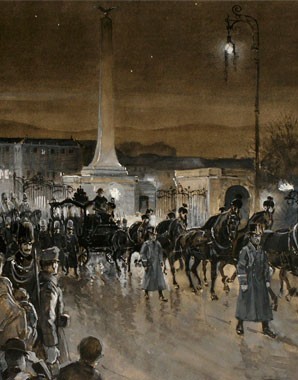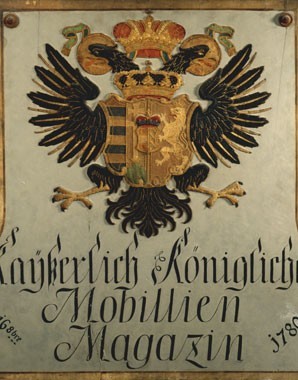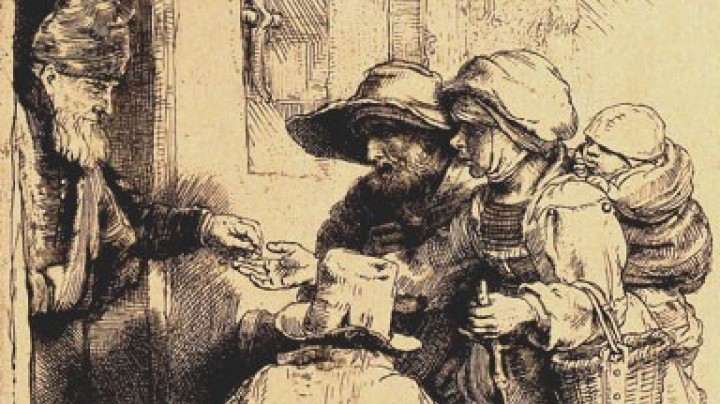Is the Emperor rich? Where the Habsburgs got their money from
Magnificent buildings, glittering appearances, expensive gowns, valuable jewellery, fine food – how could the imperial family afford all that?
Your first thought is probably that it was the people of the Habsburg lands and then the state that paid for the pomp and splendour of the Habsburg family. In fact the state did have the task of making sure that the ruling family was kept in a manner appropriate to its station. Its members received a fixed proportion of the state budget, which in the second half of the nineteenth century amounted to between a half and one per cent of total state expenditure. At that time that was about the same percentage as that allocated to the construction of roads – today it is about the same proportion as goes on measures to protect the environment.
In addition to this the imperial family had at its disposal the so-called ‘family support fund’ (Familienversorgungsfonds), which had been set up by Franz I Stephan in the middle of the eighteenth century. Hence there was a formal separation of state and private property, but in practice this was difficult to determine. This was because the reigning monarch could, for example, use money from the fund to buy estates which belonged to the state. Since the monarch was also head of state he could, as it were, do business with himself and in this way increase his ‘private’ fortune. There were in any case vast assets in the family support fund. In addition the Habsburgs had at their disposal possessions which were part of the aulic property: these estates belonging to the court and the crown included, for example, the Hofburg (Imperial Palace) and Schönbrunn Palace in Vienna, the Royal Palace in Budapest, various other palaces such as the Belvedere and Augarten in Vienna and a number of agricultural estates, as well as the Court Furniture Depository (Hofmobiliendepot), in which items for both state and everyday use were kept.
It seems obvious that the emperor and his family were rich in comparison to the rest of the population – exactly how rich the emperor was cannot really be stated. This unclear situation and the question of how these assets should be treated is a matter with which the Republic of Austria has also had to deal since 1918.
















